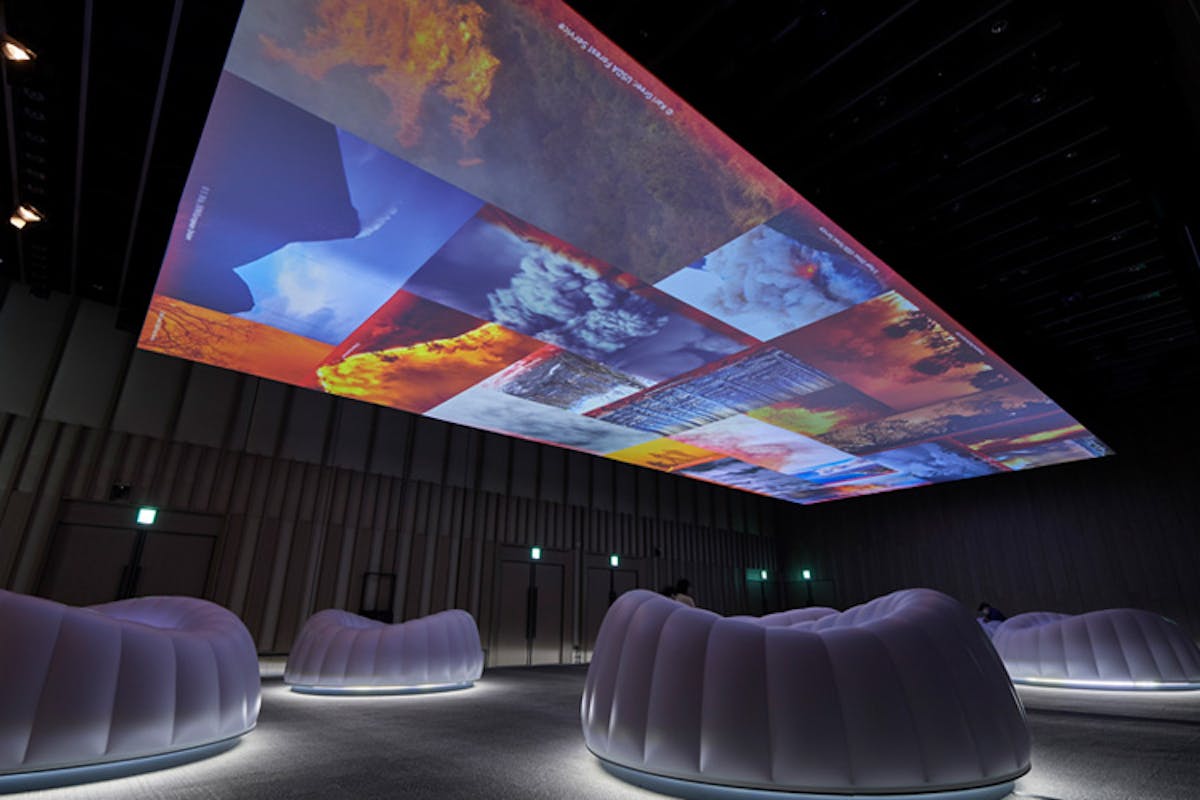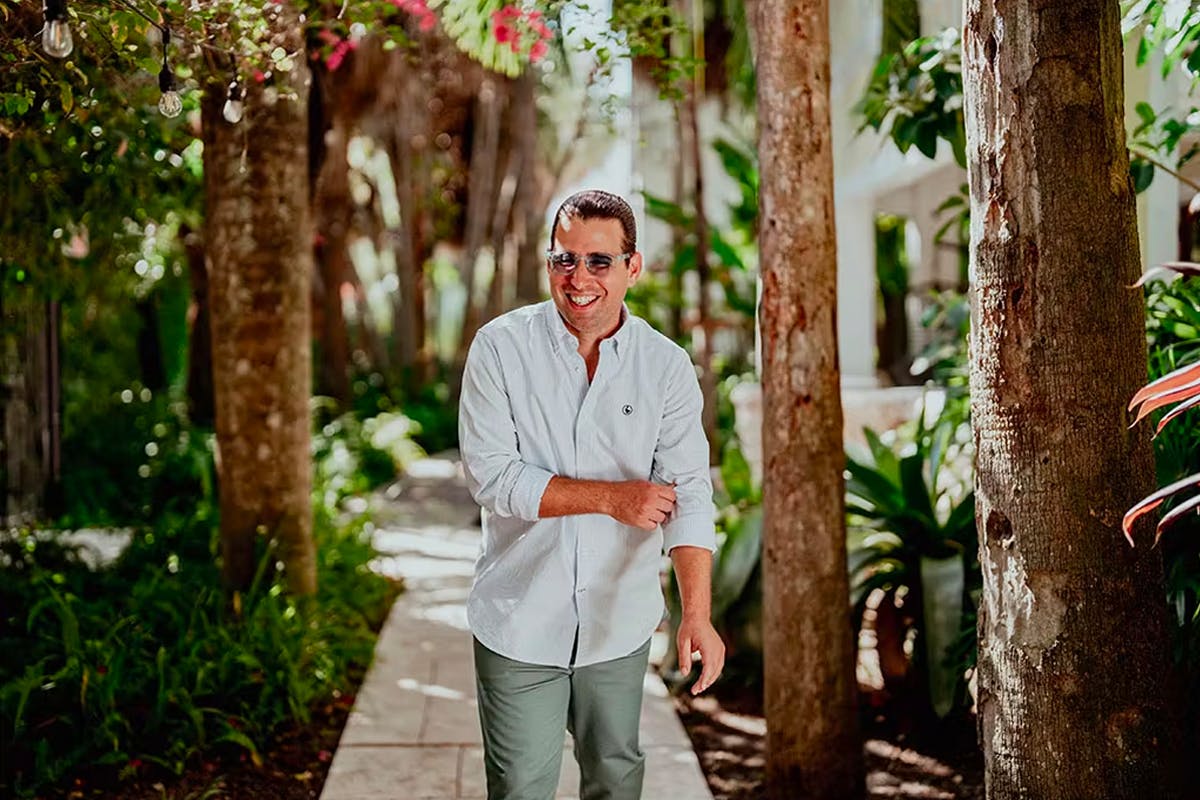Designing with Disaster | Stories from Seven Regenerative Cities
The exhibition Designing with Disaster introduces the concept of “Regenerative Urbanism” – an anticipatory approach to urban design that explores the optimistic possibility of symbioses between humans and the natural and constructed worlds, embracing inevitable disasters and creating disaster-resilient environments.
Jan. 27 – Apr. 2
Free

The exhibition Designing with Disaster introduces the concept of “Regenerative Urbanism” – an anticipatory approach to urban design that explores the optimistic possibility of symbioses between humans and the natural and constructed worlds, embracing inevitable disasters and creating disaster-resilient environments.
In response to the Great East Japan Earthquake of 2011, the United Nations World Conference on Disaster Reduction was held in Sendai, Miyagi prefecture, the closest major city to the earthquake’s epicenter in the Tohoku region. This conference drafted the Sendai Framework for Disaster Risk Reduction 2015-2030 which outlined targets and priorities for action to prevent new and reduce existing disaster risks worldwide. Based on the Sendai Framework, UCLA xLAB (University of California, Los Angeles) and Tohoku University’s IRIDeS (International Research Institute of Disaster Science) collaborated with 11 Pacific Rim universities on a new initiative named ArcDR3 (Architecture and Urban Design for Disaster Risk Reduction and Resilience). Design studios linked to research at each university have been exploring ways to respond to disasters and build new disaster-resilient environments around the world. This exhibition presents exciting proposals for Seven Regenerative Cities inspired by that exploration.
JAPAN HOUSE Los Angeles is pleased to share this forward-thinking collection of urban design strategies and partner with an international coalition of contributors for this exhibition. These efforts inspired by the resiliency of the Tohoku people, and led by Japanese scholars, architects, and designers in the realms of disaster prevention and proactive planning, highlight the positive ideas and energy that can evolve from the aftermath of a nature instigated disaster. We hope that this work can become a valuable guide for the larger global community and be utilized to mitigate the unique disaster potentialities that exist wherever our visitors reside.

